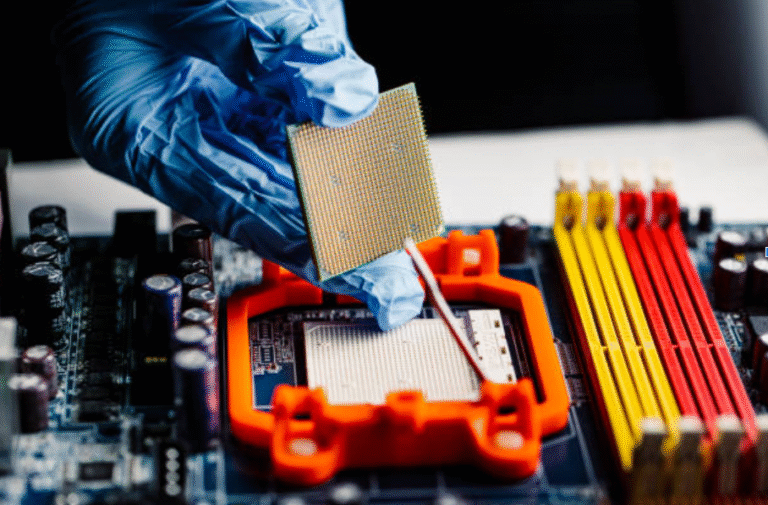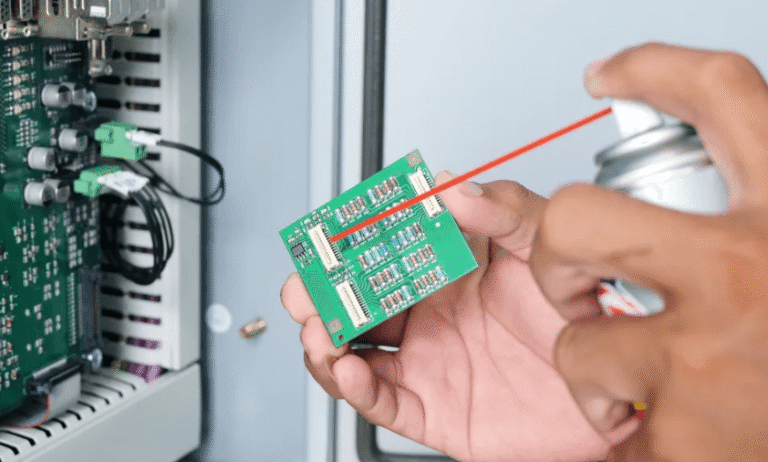Monitoring Mobile Device Performance and Battery Health for Businesses
In today’s fast-paced digital world, mobile devices are central to both business operations and customer experiences. For companies managing trade-ins, upgrades, or resale programs, monitoring device performance and battery health is critical. Effective performance tracking ensures devices are reliable, secure, and ready for their next lifecycle stage, while also maximizing value for resale or trade-in programs.
This article explores why device performance and battery health matter for businesses, how to monitor them efficiently, and best practices for maintaining optimal mobile device condition.
Why Device Performance Matters
Device performance directly impacts both operational efficiency and customer satisfaction. For businesses handling mobile devices, key considerations include:
- Smooth Functionality: Devices should operate without glitches, app crashes, or slow processing.
- Reliability for Resale: Well-performing devices retain higher value and are more desirable in trade-in or resale markets.
- Operational Efficiency: Identifying underperforming devices early prevents bottlenecks in bulk processing, diagnostics, or refurbishment workflows.
Performance monitoring is not just about technical checks—it’s a strategic tool for enhancing customer trust, maximizing device value, and improving workflow efficiency.
Essential Metrics for Device Health
Rather than focusing solely on initial diagnostics, performance monitoring emphasizes ongoing assessment across the lifecycle of a device. Core metrics include:
1. Battery Condition and Longevity
Battery performance directly impacts device usability and resale potential. Monitoring should track:
- Degradation Trends: Observe how battery capacity changes over time to predict remaining life.
- Charge Consistency: Identify devices that experience slow or inconsistent charging.
- Lifecycle Planning: Prioritize devices nearing the end of battery life for refurbishment or replacement.
Proactive battery monitoring allows businesses to plan maintenance, reduce downtime, and maintain high resale standards.
2. System Responsiveness and Software Efficiency
Monitoring software performance focuses on real-time responsiveness rather than initial diagnostics:
- Ongoing Performance Metrics: Track app launch speeds, system load, and responsiveness over time.
- Update Compliance: Ensure devices continue to receive critical OS updates and security patches.
- User Experience Monitoring: Detect intermittent glitches or slowdowns that may affect resale appeal.
This continuous approach ensures devices remain fully functional throughout their lifecycle.
3. Storage and Data Management
Storage health affects both performance and reliability:
- Usage Patterns: Monitor available storage trends to anticipate performance bottlenecks.
- Memory Optimization: Detect memory strain or fragmentation affecting device speed.
- Data Handling: Confirm that devices can reliably process data transfers during upgrades or trade-ins.
Maintaining storage efficiency ensures smoother workflows and a better experience for the next user.
4. Connectivity and Network Stability
Device value is linked to reliable connectivity:
- Network Performance Monitoring: Assess Wi-Fi, cellular, and Bluetooth connections over time.
- Location and Payment Features: Verify GPS accuracy and NFC functionality remain consistent.
- Operational Reliability: Ensure devices maintain connectivity standards before resale or handoff.
Comprehensive connectivity monitoring supports operational efficiency and end-user satisfaction.
See also: How Emerging Tech Will Reshape Education by 2030
Tools and Methods for Performance Monitoring
Businesses can implement effective device performance monitoring using several methods:
- Automated Diagnostic Software: Processes multiple devices simultaneously, reducing manual effort and errors.
- Battery Testing Tools: Measure wear, capacity, and efficiency across devices in bulk.
- Performance Benchmarking: Compares device metrics against standards to identify underperforming units.
- Reporting and Analytics: Provides detailed insights into device health, enabling informed decisions on trade-in valuation or refurbishment.
Automation and software integration allow businesses to scale monitoring processes without compromising accuracy.
Benefits of Monitoring Device Performance
Implementing performance and battery health monitoring provides multiple benefits for businesses:
1. Accurate Device Valuation
Devices with verified performance and healthy batteries command higher resale or trade-in value. Accurate diagnostics help businesses offer fair and consistent valuations.
2. Operational Efficiency
Monitoring in bulk enables fast identification of underperforming devices, reducing downtime and workflow bottlenecks.
3. Customer Satisfaction
Providing devices that operate reliably ensures a positive end-user experience, boosting confidence in trade-in or resale programs.
4. Compliance and Security
Monitoring software and system health ensures devices meet security standards and are ready for secure data erasure without operational issues.
5. Sustainability
Well-monitored devices are more likely to be refurbished or reused, supporting circular economy initiatives and reducing electronic waste.
Integrating Performance Monitoring With Device Lifecycle Management
Monitoring performance is most effective when integrated into a comprehensive device lifecycle workflow:
- Post-Purchase Setup: Devices are configured and prepared for use.
- Diagnostics and Performance Checks: Battery, storage, software, and connectivity are assessed.
- Data Transfer: Customer data is securely migrated to new devices.
- Secure Data Erasure: Ensures devices are ready for resale or refurbishment.
- Trade-In, Resale, and Reporting: Devices are processed efficiently with verified performance.
Integration ensures end-to-end efficiency, compliance, and value maximization across all stages of device management.
Challenges in Performance Monitoring
Businesses may encounter several challenges when monitoring mobile device performance:
- High Device Volume: Bulk operations require scalable diagnostic tools.
- Cross-Platform Devices: Supporting Android, iOS, and multiple models demands versatile solutions.
- Battery Wear Variability: Predicting battery lifespan accurately can be complex.
- Data Accuracy: Ensuring automated tools provide reliable insights across all devices.
These challenges can be mitigated with advanced software solutions, automated workflows, and trained staff.
Best Practices for Device Performance and Battery Health
- Automate Diagnostics: Reduce manual effort and improve consistency.
- Monitor Regularly: Continuous assessment helps identify issues early.
- Use Certified Tools: Ensure accuracy and compliance in battery and performance checks.
- Integrate With Workflows: Link monitoring to data transfer, secure erasure, and trade-in/resale processes.
- Document and Report: Maintain records for audit, compliance, and operational insights.
By following these practices, businesses can maintain device quality, protect customer trust, and optimize operational efficiency.
Conclusion
Monitoring mobile device performance and battery health is essential for businesses managing trade-ins, upgrades, or resale programs. By assessing system stability, connectivity, storage, and battery condition, companies can:
- Ensure devices meet operational and resale standards
- Protect customer data and enhance satisfaction
- Streamline workflows for bulk processing
- Maximize resale or trade-in value
- Support sustainability and circular economy initiatives
Incorporating automated monitoring and integrating it into a comprehensive device lifecycle workflow allows businesses to maintain high standards of quality, reliability, and efficiency.
For companies handling mobile devices at scale, performance and battery health monitoring is not just a technical necessity—it’s a strategic business advantage.






